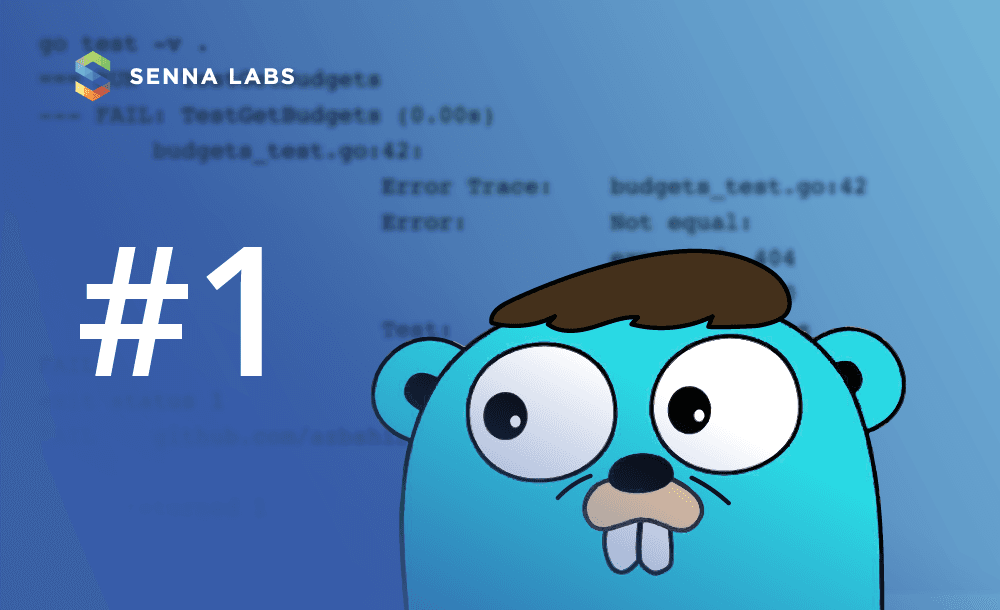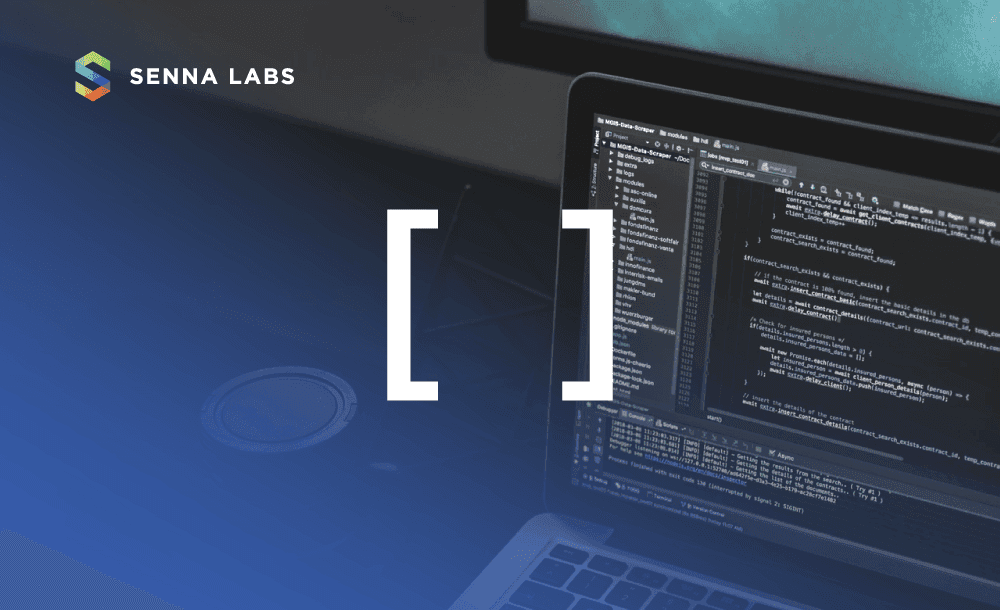Building a finance tracking REST API using Go with TDD - Part 1

Building a simple REST API using Go always could be challenging from designing the architecture to implement it 'cause there's no standard way to do it and developers (software architectures) are free to do whatever they want which comes with a cost.
After almost 6 years of building services and REST APIs using RubyOnRails, I realized that developers have a passion for abstraction but that's not always a good choice. For example; If you look at almost every RubyOnRails projects there's too much abstraction and implicit things going on which makes the learning curve far more of a curve, starting pretty shallow.
Today I'm going to show you a different perspective of designing REST APIs with Go which like a good parent instead of allowing us to do anything teaches to practice, patience, and perseverance.
Let's get started, at first every Go project must be created in $GOPATH. My $GOPATH is at, ~/go/src/ ~/go/ . But we're going to create the project under ~/go/src/github.com/budget-api be able to download the project using go get.
So we're going to run these commands, in CLI.
cd ~/go/src/github.com/azbshiri mkdir budget-api touch main.go
(If you don't have github.com/username, you would create it using mkdir -p github.com/username after changing the directory to ~/go/src/)
Okay, we're going to use PostgreSQL as our database and Gorilla toolkit to help us build a RESTful API. For now, we just need github.com/go-pg/pg to be able to connect to PostgreSQL and github.com/gorilla/mux for routing.
go get github.com/go-pg/pg go get github.com/gorilla/mux
Alright now that we have the prerequisites, we should think about how we're going to use them and design the architecture.
I'm going to use a struct as a container for controller/handler actions called server to be able to access database, router and etc. So I create a new file called server.go and put the declaration in it.
// server.go
package main
type server struct { db *pg.DB mux *mux.Router}And create a factory function to initialize a new server (that would help in testing which I'll show in the future)
// server.go
package main
type server struct { db *pg.DB mux *mux.Router}
func newServer(db *pg.DB, mux *mux.Router) *server { s := server{db, mux} s.routes() // register handlers return &s}We need a routes.go to declare paths for APIs
// routes.go
func (s *server) routes() { // register handlers here}Now we have a file hierarchy like the below
. ├── main.go ├── rotues.go └── server.go
To be able to run the server we should implement http.Handler interface so we add a new pointer function to server called ServeHTTP and serve registered handlers in the router (mux)
// server.go
package main
import ( "net/http" "github.com/go-pg/pg" "github.com/gorilla/mux")
type server struct { db *pg.DB mux *mux.Router}
func newServer(db *pg.DB, mux *mux.Router) *server { server := server{db, mux} server.routes() // register handlers return &server}
func (s *server) ServeHTTP(w http.ResponseWriter, r *http.Request) { s.mux.ServeHTTP(w, r)}Now we can update the main.go file to run the server
package main
import ( "net/http" "github.com/go-pg/pg" "github.com/gorilla/mux")
func main() { db := pg.Connect(&pg.Options{ User: "alireza", Password: "alireza", }) mux := mux.NewRouter() server := newServer(db, mux) http.ListenAndServe(":8080", server)}At this point, we don't have any registered handlers which would lead to an API so we have just a useless running server but we have the standard, to begin with which is a great thing to speed up the development process.
Due to I'm a TDD guru, so let's just begin with a test to write our first API. As you know we're going to build a finance tracking REST API so we're going to have Budget business model and call the API endpoint /budgets.
// budgets_test.go
package main
import ( "net/http" "os" "testing" "github.com/azbshiri/common/test" "github.com/go-pg/pg" "github.com/gorilla/mux" "github.com/stretchr/testify/assert")
var testServer *server
func TestMain(m *testing.M) { testServer = newServer( pg.Connect(&pg.Options{ User: "alireza", Password: "alireza", Database: "alireza", }), mux.NewRouter(), ) os.Exit(m.Run())}
func TestGetBudgets(t *testing.T) { res, err := test.DoRequest(testServer, "GET", "/budgets", nil) assert.NoError(t, err) assert.Equal(t, res.Code, http.StatusOK)}To write the above test we used two libraries github.com/stretchr/testify/assert and github.com/azbshiri/common/test the first one is for making assertion easier and the second one is a little bit complicated which I built myself to reduce duplication of initializing of a http.Request and a httptest.ResponseRecorder and pass them to the existing router to be able to capture the response (That's normal way of writing integration tests in Go for further information you can check out https://golang.org/src/net/http/httptest/example_test.go).
Run the test
go test -v .=== RUN TestGetBudgets--- FAIL: TestGetBudgets (0.00s) budgets_test.go:42: Error Trace: budgets_test.go:42 Error: Not equal: expected: 404 actual : 200 Test: TestGetBudgets FAIL exit status 1 FAIL github.com/azbshiri/budget-api 0.018s shell returned 1
Phew! The plan was to cover everything in a single post but honestly this is getting longer than anticipated so kindly permit me to break this into a series of posts.
Once again, thanks for reading and don’t forget to leave your questions and/or suggestions as comments below.


Subscribe to follow product news, latest in technology, solutions, and updates
Other articles for you



Let’s build digital products that are simply awesome !
We will get back to you within 24 hours!Go to contact us Please tell us your ideas.
Please tell us your ideas.







